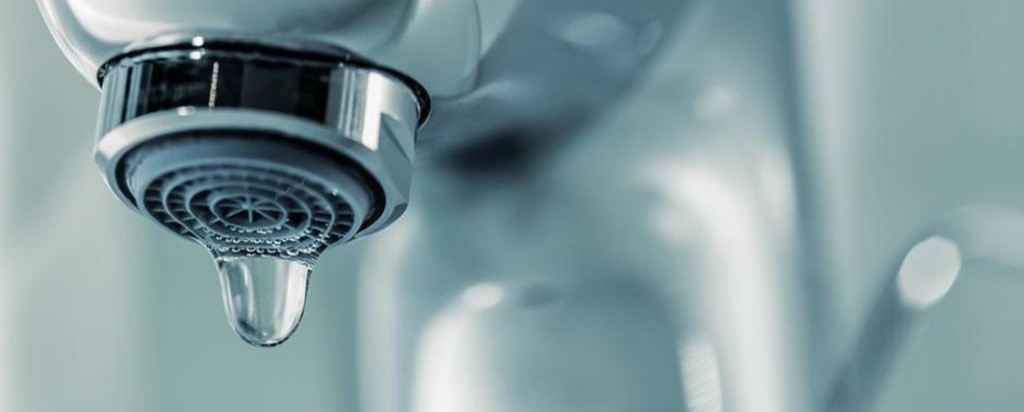Pinpoint What Leads to Water Leaks in Your House
Pinpoint What Leads to Water Leaks in Your House
Blog Article
The article down below relating to How to Find Water Leaks is unquestionably enlightening. You should check it out.

Leakages not only cause waste of water but can likewise cause unnecessary damage to your house as well as advertise undesirable organic development. Water leakages might go undetected considering that most of the pipework in our residence is hidden. By looking and comprehending for day-to-day scenarios that trigger leaks, you can shield your residence from future leakages as well as unneeded damage. Today, we will check out six leak creates that might be causing your pipelines to drip.
Instantaneous temperature modifications.
Severe temperature adjustments in our pipes can create them to broaden and get unexpectedly. This development and contraction may create splits in the pipes, particularly if the temperature level are below freezing. It would certainly be best if you kept an eye on exactly how your plumbing functions. The presence of the previously discussed conditions frequently indicates a high risk.
Corroded water supply
This could be the cause of discoloration or bending on your water pipelines. If our plumbing system is old, consider changing the pipes since they are at a greater risk of rust than the more recent models.
Defective Pipeline Joints
The point at which your pipes connect is frequently the weakest web link in the waterline. Pipeline joints can deteriorate with time, leading to water leakages. Sadly, the majority of pipe joints are not quickly noticeable. If you have loud pipes that make ticking or banging noises, specifically when the hot water is activated, your pipeline joints are possibly under a lot of stress. It is advisable to have your plumber check your system annually.
Encroaching origins
Most water leakages begin outside your house as opposed to inside it. If you discover an unexpected decline in water stress, claim in your tap, take time to head out and examine your backyard. You may observe damp spots or sinkholes in your backyard, which might indicate that tree origins are invading water lines triggering water to leak out. You can have your plumber look for intrusion, especially if you have trees or hedges near your building.
Poor Water Connectors
Sometimes, a leak can be brought on by loose tubes as well as pipelines that provide your appliances. Typically, changing is what triggers the loose water Connections. You might find when it comes to a cleaning equipment, a hose may spring a leakage because of shaking during the spin cycle. In case of a water links leakage, you might see water running straight from the supply line or puddles around your home appliances.
Obstructed Drains
Obstructed drains might be aggravating as well as inconveniencing, yet they can sometimes end up causing an overflow bring about rupture pipelines. Keep eliminating any kind of products that may drop your drains that can obstruct them to avoid such troubles.
All the above are root causes of leaks yet not all water leakages result from plumbing leaks; some leakages may come from roof leakages. All leakages need to be fixed quickly to avoid water damage.
Leakages not only cause waste of water yet can additionally create unnecessary damages to your house as well as promote unwanted organic development. By recognizing and looking for daily situations that trigger leakages, you can protect your residence from future leakages and unneeded damages. Today, we will look at 6 leak causes that might be causing your pipelines to drip.
At times, a leakage can be caused by loose tubes as well as pipelines that supply your devices. In situation of a water links leak, you may see water running directly from the supply line or pools around your devices.
How To Check For Water Leak In Your Home
How To Check for Leaks
The average household's leaks can account for nearly 10,000 gallons of water wasted every year and ten percent of homes have leaks that waste 90 gallons or more per day. Common types of leaks found in the home are worn toilet flappers, dripping faucets, and other leaking valves. These types of leaks are often easy to fix, requiring only a few tools and hardware that can pay for themselves in water savings. Fixing easily corrected household water leaks can save homeowners about 10 percent on their water bills.
To check for leaks in your home, you first need to determine whether you're wasting water and then identify the source of the leak. Here are some tips for finding leaks:
Take a look at your water usage during a colder month, such as January or February. If a family of four exceeds 12,000 gallons per month, there are serious leaks.
Check your water meter before and after a two-hour period when no water is being used. If the meter changes at all, you probably have a leak.
Identify toilet leaks by placing a drop of food coloring in the toilet tank. If any color shows up in the bowl after 10 minutes, you have a leak. (Be sure to flush immediately after the experiment to avoid staining the tank.)
Examine faucet gaskets and pipe fittings for any water on the outside of the pipe to check for surface leaks.
Undetected water leaks can happen without the home or business owner even realizing. If you suspect a water leak, but not able to find the source. It is time to contact a professional water leak detection service, The Leak Doctor.
How To Find a Water Leak In Your Home
https://www.leakdoctor.com/blog/How-To-Check-For-Water-Leak-In-Your-Home_AE197.html

We had been guided to that editorial about How Fast Water Damage Can Ruin Your Home from a good friend on another web blog. Sharing is good. Helping people is fun. I recognize the value of reading our article about How Fast Water Damage Can Ruin Your Home.
Burst pipe? Phone! Report this page